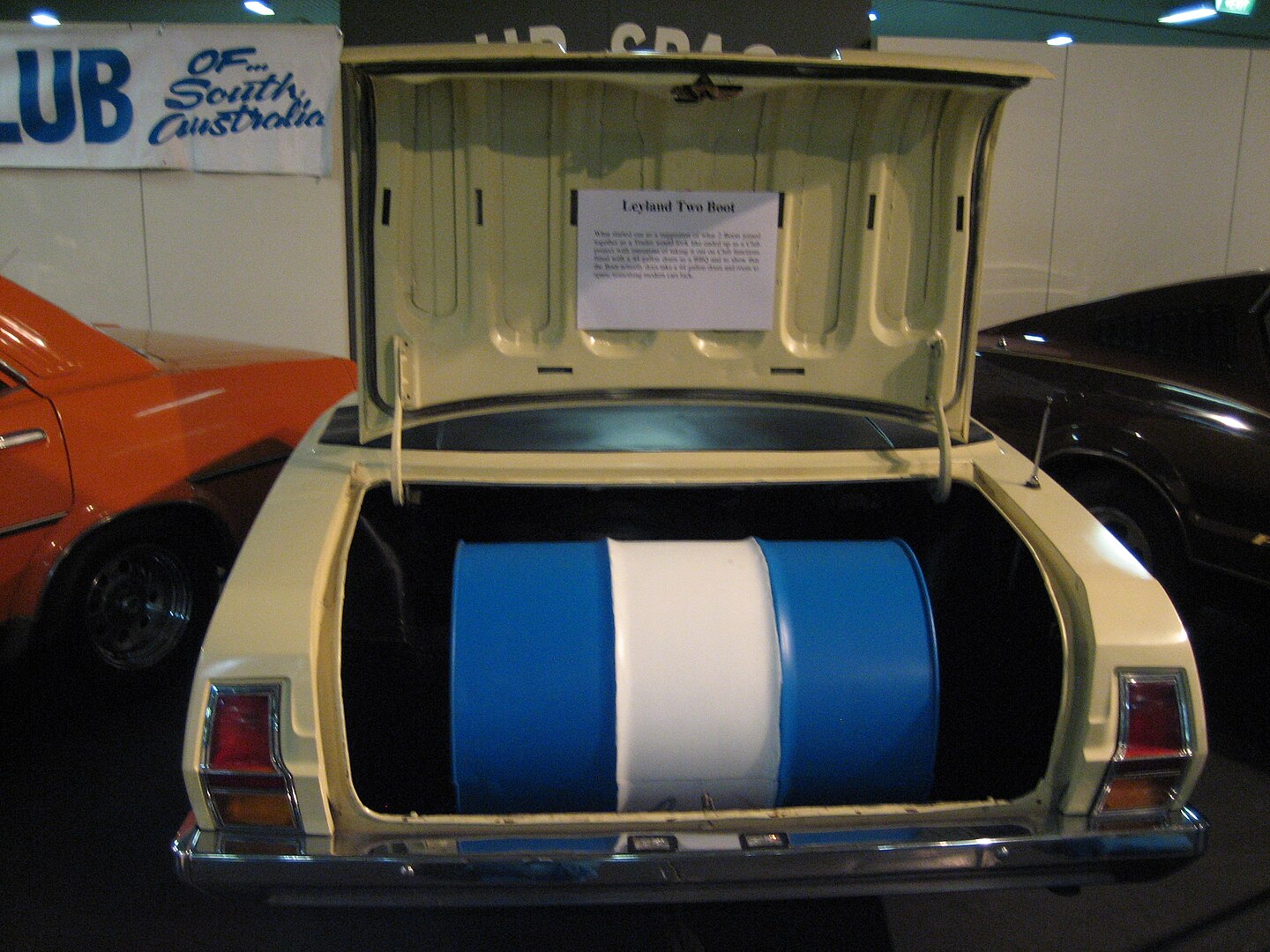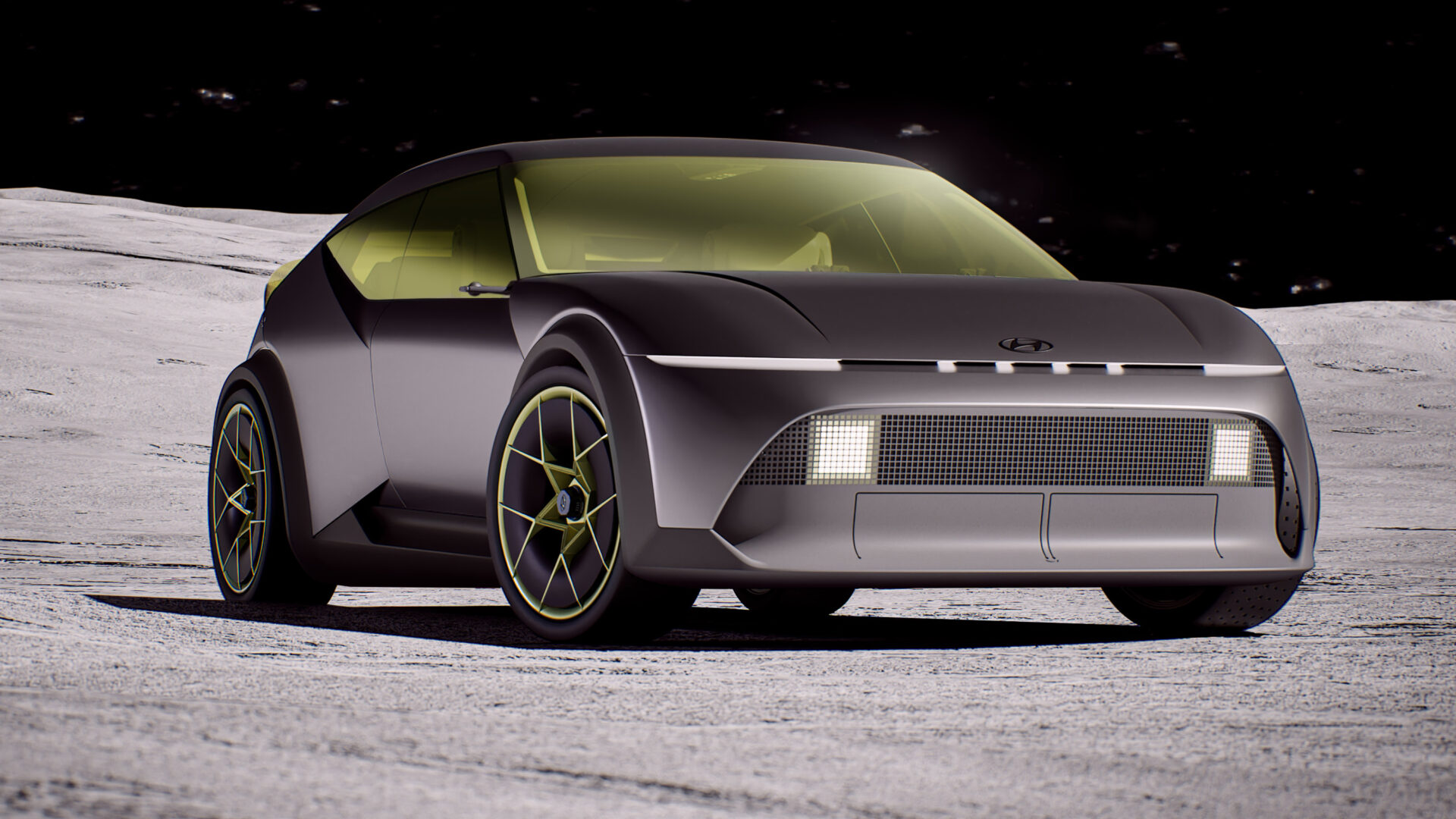Porsche’s fifth 911, the 996, re-wrote big chunks of the rule book. Longer, wider and with fried egg headlights, it also had – gasp – a watercooled flat-six. Did the 996…dilute the brand? (I am not sorry)
Looking for the other parts? Click here!

The 996 was a bit of a mixed bag. The company was on a bit of an efficiency drive, both in a financial and engineering sense. The former forced the same nose as the entry-level Boxster on to the 911 while the latter meant the end of air-cooling for the flat six. That’s where the money went.
The financial pressures seemed to mean that the 911 grew for just the second time in 34 years. Wheelbase and overall length increased for more space. As humans got bigger and buyers got wealthier, they demanded more room in the classic sports car. And you need more room for luxury kit.
Porsche took the brave pills with this car’s big engineering changes even if it didn’t show on the outside. The 996’s front end upset quite a few people who weren’t Boxster owners and later in the model’s life, the front end tweaks distanced the 911 from its little sister.
Being brutally honest, the styling hasn’t aged well on the early and base cars. The most mystifying thing to me about this car is its popularity – if I had a dollar for every person who said they were thinking about buying a 996, I could buy a 996. And the time machine to go to back and buy one new.
Water-cooling the 911

The greatest source of controversy was the end of the air-cooled flat-six. I’m still stunned it lasted as long as it did, especially in the Turbo. Thermal dynamics caught up with the 911 and air-cooling just wasn’t an option anymore.
The old air-cooled engine was noisy and rough by contemporary standards. Reliability might have been good, but 911 buyers expected more. Stringent emissions regulations – particularly in the US market – meant the variations in power outputs were becoming more and more unacceptable to premium buyers.
The new power unit started the bidding at 3.4-litres and 221 kW (300 PS).
Power rose in 2001 to 224 kW (305 PS) which was also the final year of the narrowbody Carrera 4. Finally, the 3.4 became a 3.6 and the 996 finished with the 235kW (320PS) and for the 40th Anniversary 40 Jahre edition, a whopping 254kW (345PS).
996 Turbo and Turbo S

In 2000 the Turbo joined the Carrera and Cabriolet. With 3.6-litres and two turbos, owners could play with 313 kW (426 PS) and streak too 100km/h (62mph) in 4.2 seconds.
From 2002 you could order the X50 option with a remapped ECU, bigger turbos for 336 kW (457 PS). The 996 Turbo became the first roadgoing 911 to blow past 300km/h.
That engine was standard in the end-of-model 2005 Turbo S, along with carbon composite brakes.
GT2 and GT3


Porsche really got to work on its GT variants with the 996. Thankfully the front and rear styling changes massively improved the wobbly blobbiness.
The GT3 was based on the widebody Carrera 4 and featured a naturally-aspirated 3.6-litre engine which was good for 268 kW (364 PS). It was the Turbo’s engine without the, er, turbos. Both the GT2 and GT3 used a dry sump system and an aluminium crankcase and the cylinders were Nikasil lined to make them extra slippy.
Porsche’s engineers stripped the car of nice, soft things like the back seat, added adjustable suspension, bigger brakes and some wild-looking aero. And a roll cage, if you please.
The second iteration of the GT3 had 283kW (385PS) and was actually available to deprived American buyers. With all-wheel drive, it cracked 1.03g on the skidpan.
Turbo fans were offered the GT2. Like the GT3, all the nice things were tossed out. The rear-wheel drive GT2 had an even more aggressive aero package to help keep 355kW (483PS)/640Nm flat-six from sending you into orbit.
The extra power came from bigger turbos, engine management tweaks and new intake and exhaust systems. A proper riot, then, setting the scene for every GT2 and GT3 to come.




Leave a Reply